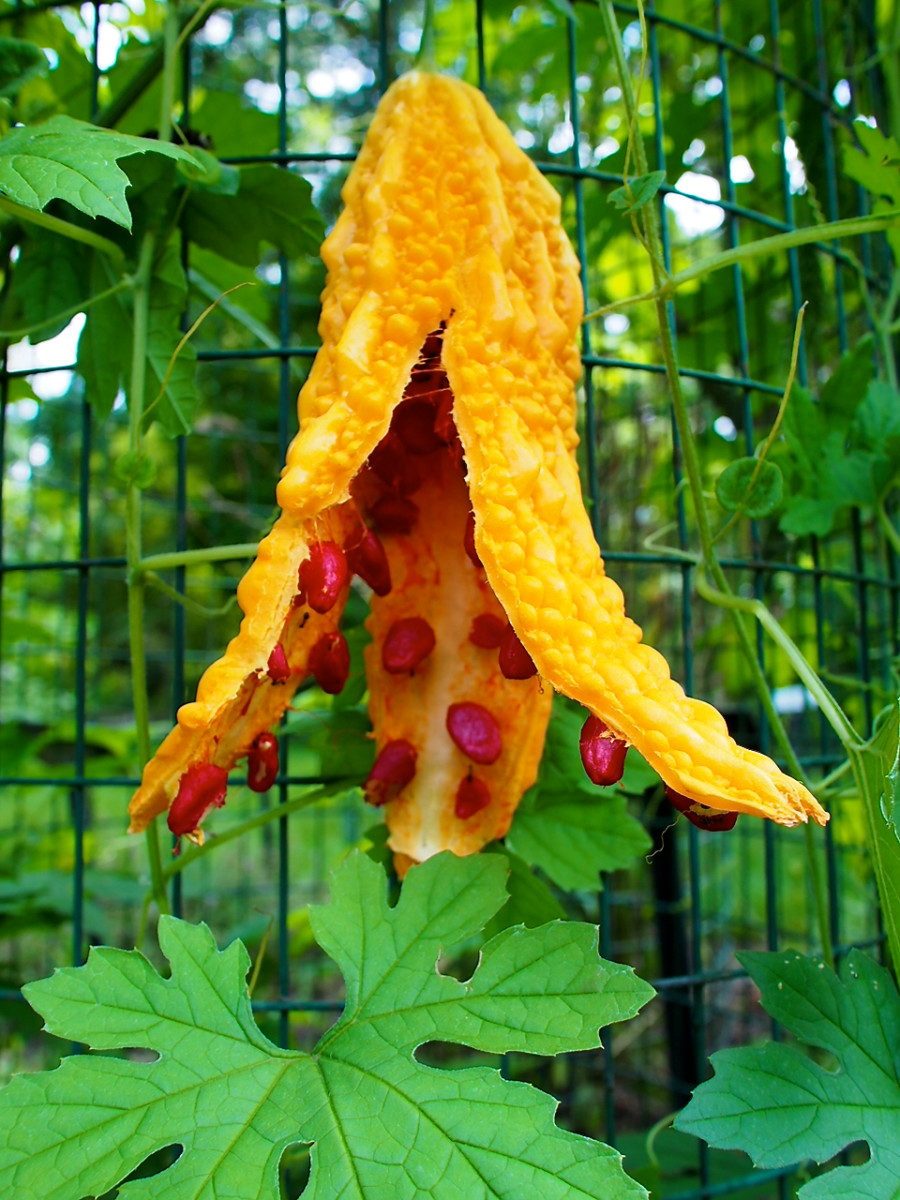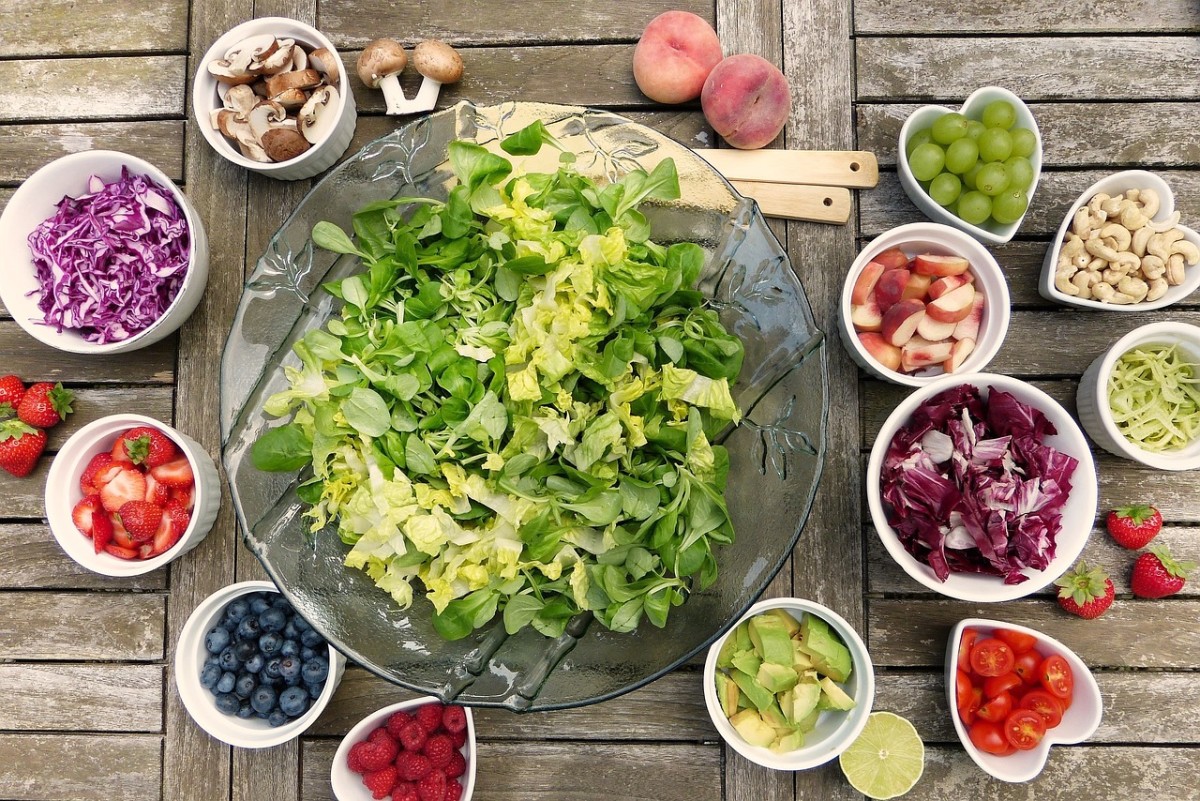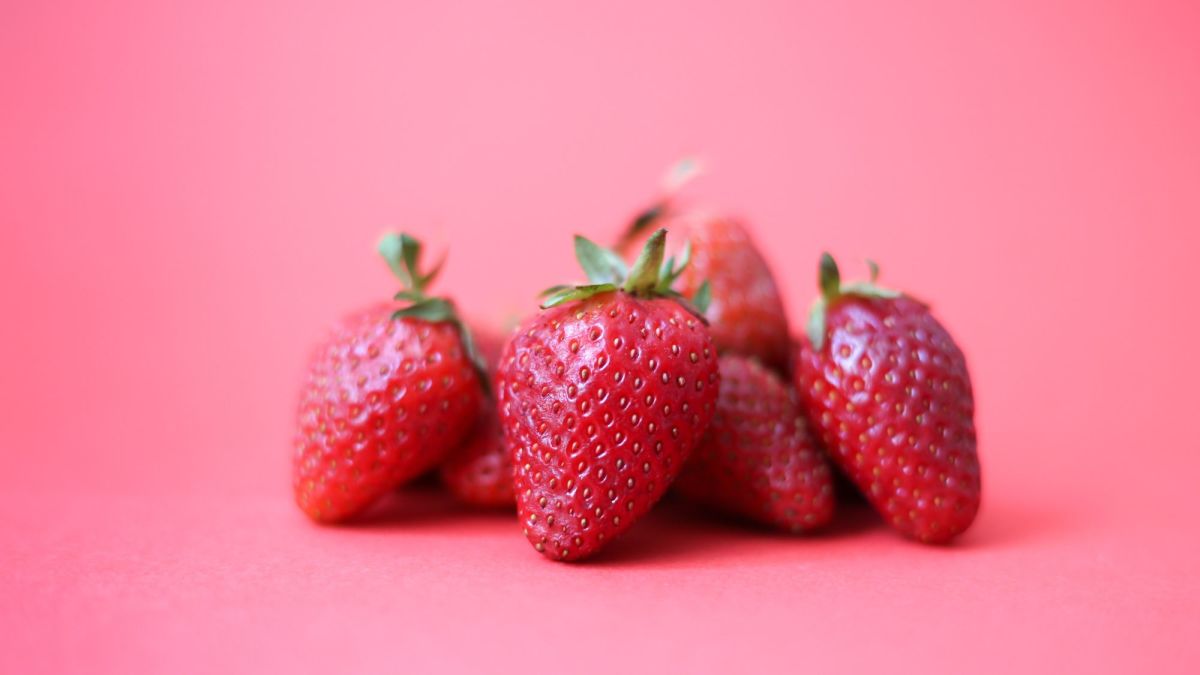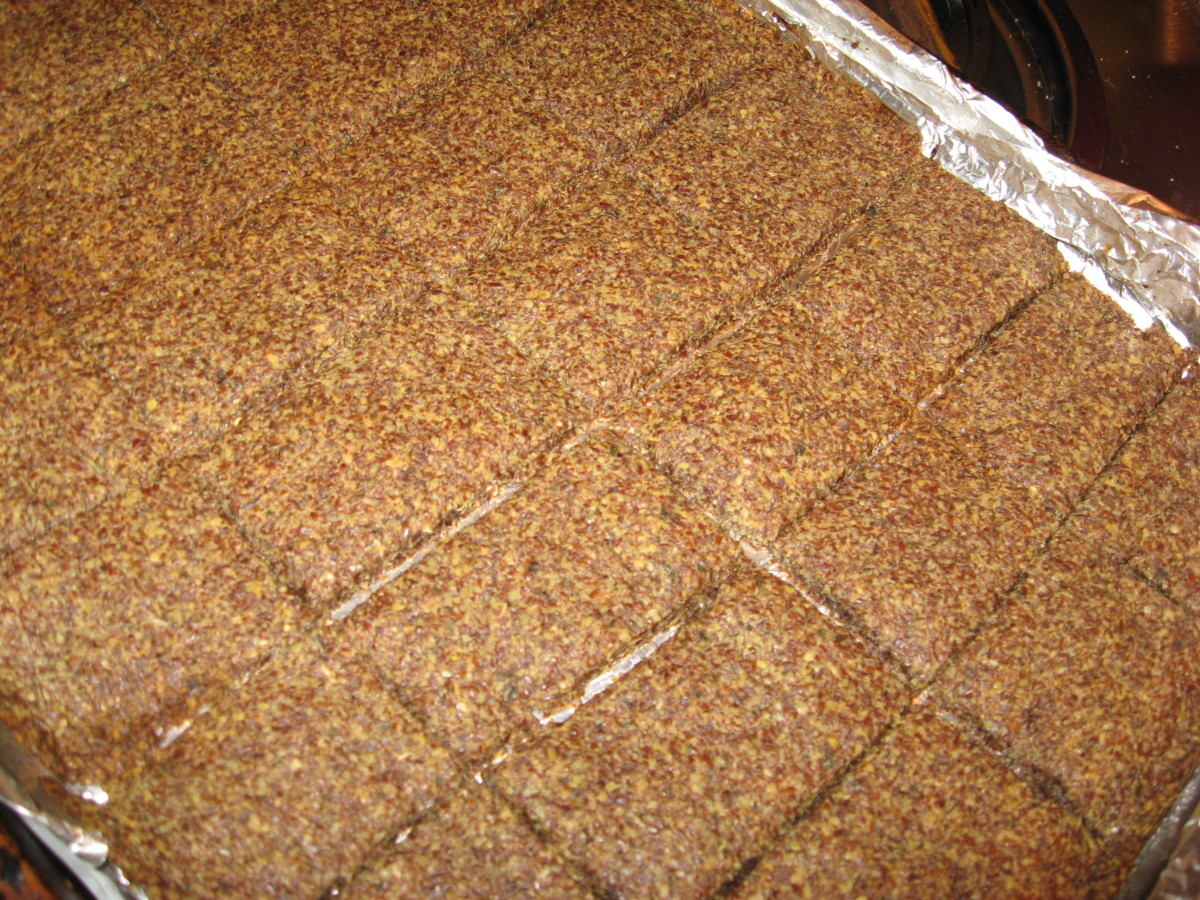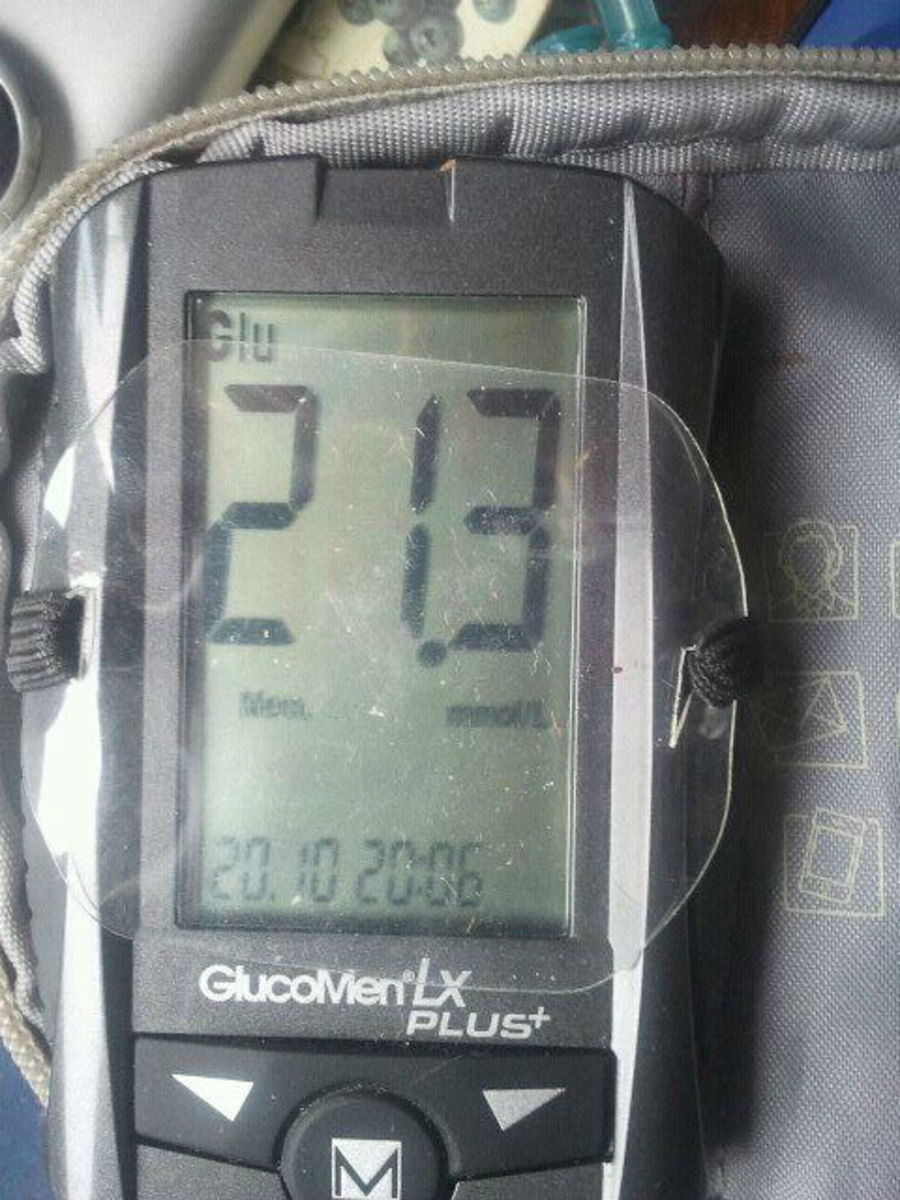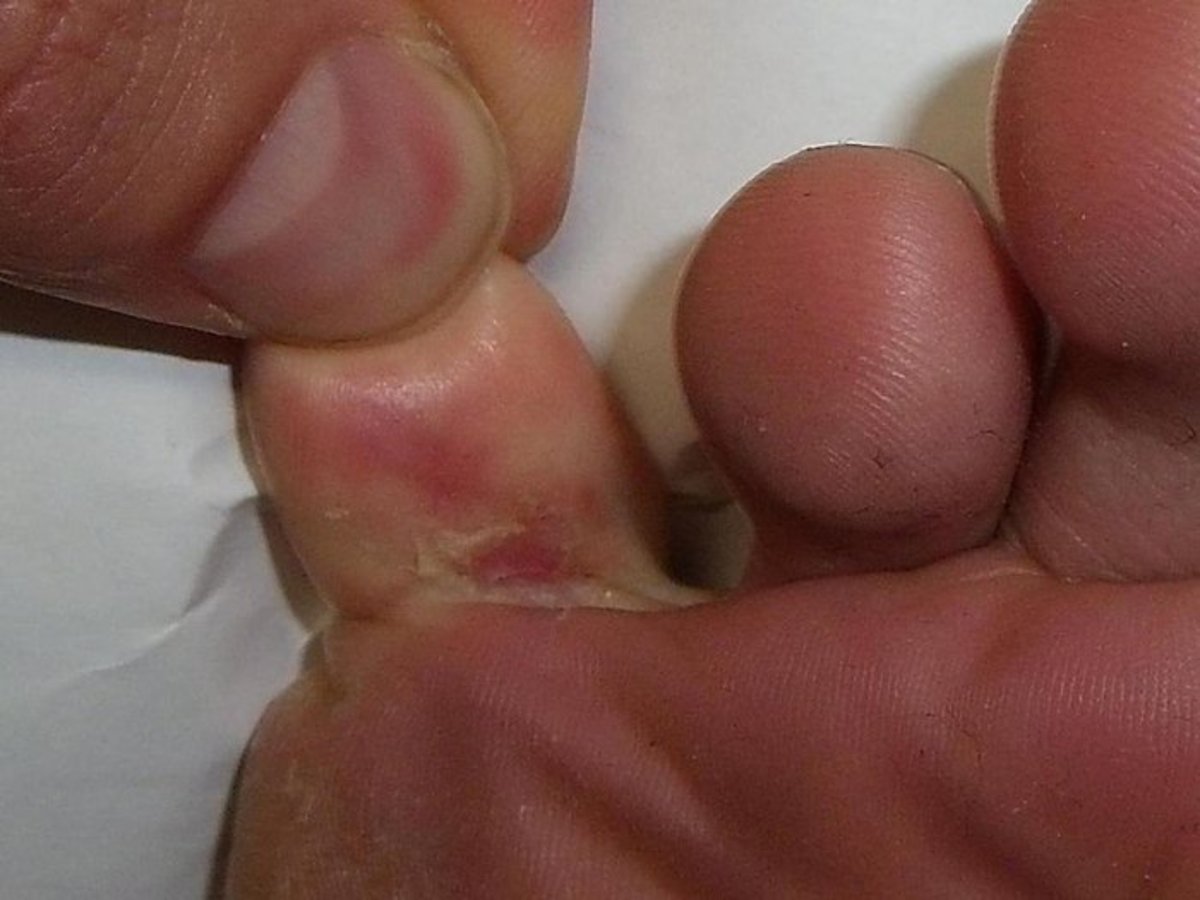9 Soul-Lifting Foods for Diabetes Your Bff Hates to Reveal
An ideal meal plan for the people with diabetes must be designed in such a manner so that fifty to sixty percent of daily calories must come from carbohydrates, fifteen percent from proteins, and the rest from oils or fats. The World Health Organization, or WHO, in short, prescribes having at least five to ten portions of vegetables and fruits every day. Reduce the quantity of caffeine, salt, and fat in your diet while ceasing alcohol intake.
Foods that have a low GI or glycemic index range from slow-cooked oatmeal, whole-grain breads, parboiled or converted rice, pumpernickel bread, brown rice, all kinds of beans, all types of bran cereals, lentils, peas, oranges, apples, sweet potatoes (they have excellent anti-carcinogenic properties as well), tomato juice, broccoli, carrots, peaches, cauliflower, grapefruit, pears, dark-green leafy vegetables, sweet corn, marmalade, plain popcorn, skimmed milk containing one percent fat content, low fat milk, soy milk, and yogurt.
All the foods that you are to read in the next few minutes come with a low GI and are excellent dietary sources of major nutrients; such as fiber, magnesium, potassium, and vitamins like A (in the form of carotenoids), C, E; all of which are usually not found in the standard western meals.
Consume forty grams of fiber every day though begin with a lesser amount and increase the intake in a gradual fashion. Subscribe to a diet that is rich in farm-fresh fruits, vegetables, and beans. You can have a minimum of ten and three grams of whole grains for every meal and food-label-serving respectively. To put it simply, get high with high-fiber!
Your meals must include the following kinds of foods in an appropriate proportion. It is suggested to visit a family physician, a specialist in internal medicine, or a diabetologist (more commonly known as diabetes doctors) at the Suburban Wellness clinic at Homer Glen, Illinois (or wherever you may need in the country) before you are to introduce any alterations on your own.
EAT WHOLE GRAINS
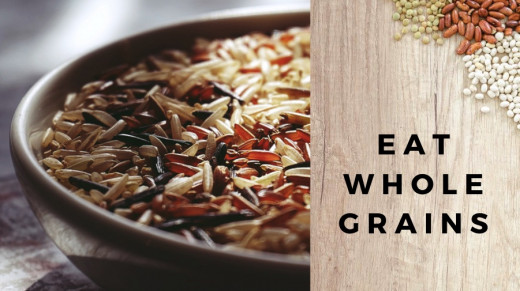
There are several significant health benefits of eating whole grains, such as increasing your insulin sensitivity, effectively controlling the glycemic response, improving the functioning of your pancreatic beta-cells and stimulates insulin production in your body.
East whole-wheat pasta, multi-grain as well as whole bread, whole grain cereals, multigrain and low-fat crackers, brown rice, bran, oatmeal, buckwheat, bulgar, whole-grain baked edibles with oat bran or added bran, millet, corn, rye, and barley to keep diabetes at bay.
You can have various types of barley preparations, such as barley porridge, barley cooked without adding any fat or unctuous material, barley made with water, barley pancakes, mixture of roasted corn flour and barley, barley tortillas, and barley bread.
CONSUME FARM-FRESH FRUITS AND VEGETABLES
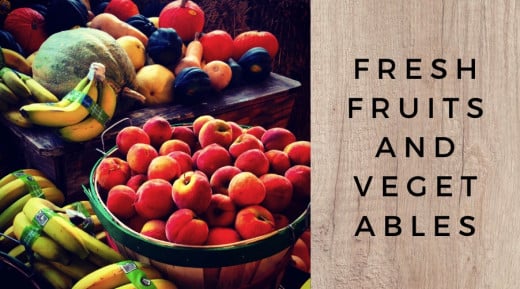
Several research studies suggest that regularly eating different fruits and vegetables helps the diabetics in improving their glycemic control, reduces inflammatory markers and oxidative stress, lowering the odds of diabetic retinopathy, reducing triglyceride and HbA1c (hemoglobin A1c) levels, strengthening the antioxidant defense system of the human body, and reducing the risk of carotid atherosclerosis.
Refrain from consuming pineapples and olives. Stay away from fruit juices and have whole fruits instead as they are more filling and contain an increased amount of fiber.
The fruits that come with a low GI include peaches, apples, grapefruit, pears, oranges, grapes, dried apricots, melons, kiwi, raisins, cranberries, black raspberries, berries, blackberries, red raspberries, blueberries, cherries, strawberries, plums, barberries, durian, pomegranates, lychee, avocados, bananas, guava, kokum, papaya, persimmon (also spelled as persimon), jackfruit, goji (also known as wolf-berry), acai, dates, watermelon, gooseberries, figs, wood apple, lotus, and black plum (also known as Java plum).
Opt for leafy green vegetables and include fresh vegetables aplenty in your daily meals, such as cucumber, tomato, broccoli, carrot, cauliflower, cabbage, kale (also known as leaf cabbage), spinach, collard, green beans, squash, pumpkin, sweet potatoes, and artichokes. Do remember to stay away from the white potatoes.
All kinds of bitter vegetables can be safely eaten by the diabetic people; such as bitter melon (also known as bitter gourd), fenugreek, pointed gourd, cluster fig (also known as goolar or gular fig), garlic; and bitter greens like kale, arugula, beet greens, and dandelions. You may also consider radicchio (occasionally known as Italian chicory), endive, and rapini (also known as broccoli rabe).
ADD SPICE TO YOUR LIFE

Spices have a wide and diverse gamut of beneficial effects on personal health, including hypoglycemia and improved glucose tolerance in the short and long-term respectively. Some particular spices and condiments, such as pepper, asafetida, aloe, basil, nutmeg, clove, bay leaf, ad cinnamon are found to have enough potential to act as hypoglycemics activity regulators in normal as well as diabetic animal studies, where the condition is synthetically induced for the latter case, and in the human models also.
Onion, garlic, turmeric, fenugreek seeds, ginger, cumin seeds, curry leaves, mustard, coriander, and cinnamon are all comprised with potential anti-diabetic agents as found by different research studies. You can add them to your meals, such as grains, vegetables, or beans in accordance with your taste or preference.
CHOOSE MILK AND DAIRY
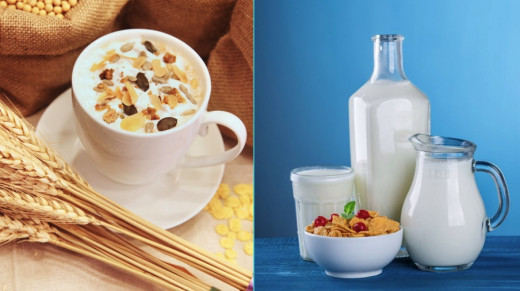
Yogurt and milk having less than one percent of fat or cheese containing ten to twenty percent of milk fat can be consumed without any worries. You can get a substantial amount of calcium and protein from them and the studies suggest that they can prove to be instrumental in people to get rid of their excess weight.
ENJOY LEAN PROTEIN
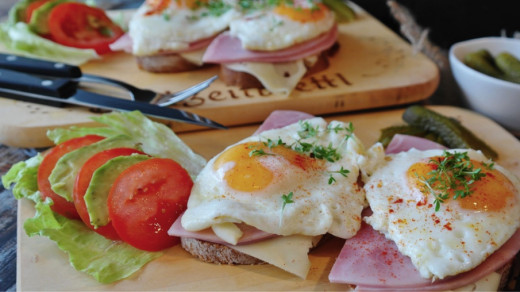
Fish is a rich source of omega-three fatty acids, which is essentially polyunsaturated fat and fights heart disease in individuals with diabetes.
Choose fresh fish, seafood, lean meats with trimmed fat, skinless turkey and chicken, wild game, unsalted cold cuts, tofu, and not more than two eggs every week.
Rabbit, deer flesh, gray partridge and similar birds are also considered beneficial for the diabetics.
While you may find the above a little too unusual to include in your diet, checking with your local restaurants, farms, and vendors can help you procure them with considerable ease.
HAVE PULSES AND LEGUMES

Make sure to have a good amount of legumes on a daily basis as they are not only rich in phytochemicals and fiber content but also come with a low GI.
You may be surprised to know that the beans, when consumed after cooking, induce a hypoglycemic effect by inhibiting the alpha-amylase and beta-glucosidase activity in the human body, similar to those of the present-day anti-diabetic medications.
Incorporating beans in your diet, such as dark red kidney, pinto, and black beans will help you manage your weight more effectively, improves dyslipidemia, and controls your postprandial glycemic response.
Remember to consume a variety of beans; such as black, garbanzo (also known as chickpea), white, pinto (also known as light-speckled kidney), soy, and dark red kidney; split peas; peas; lentils; and soy products that do not contain any fat for effective diabetes management.
You can also eat Bengal gram (a kind of chickpea), split green gram beans, pigeon peas, and horse gram (also known as hurali or kulthi bean) on a periodic basis.
GO NUTS

Make a point to include recommended amounts of pistachios, almonds, hazelnuts, and walnuts in your daily diet.
Most recent studies indicate that incorporating these nuts in the meals of type two diabetic persons has a positive impact on their postprandial glycemic response after the consumption of high-carbohydrate meals.
They also aid in improving your insulin resistance and having them daily can immensely help in managing your weight.
Sunflower seeds, pumpkin seeds, and flaxseeds are all excellent dietary sources of healthy fats, such as omega-three fatty acids, fiber, and protein, which all are beneficial in preventing heart disease and keeping your blood sugar within the safe range.
You may also eat the seeds of water lily or lotus. Both are very much popular among the Asians and are widely sold as raw foods. You can have the latter either uncooked or cooked.
INCLUDE HEALTHY OILS IN YOUR DIET
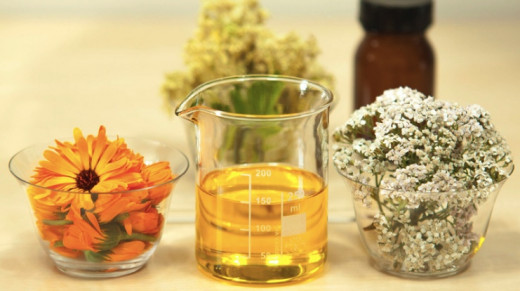
Sesame, olive, soybean, and sunflower oils (three teaspoonfuls or less per day), low-calorie mayonnaise and dressings, non-hydrogenated margarine, unsalted nuts, defatted gravy, light peanut butter, cocoa powder, low-sugar condiments, dark chocolate in small amounts are all useful for people with diabetes.
STICK TO LOW/NO-SUGAR EDIBLES AND UNSALTED SNACKS
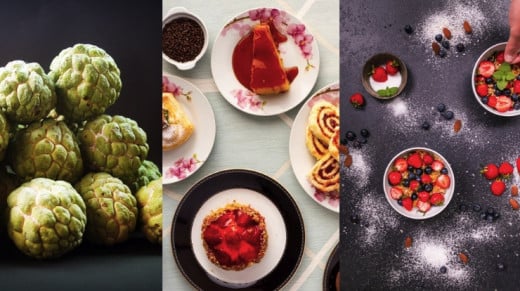
Low-sugar jellies, jams, and syrups, no-sugar candies, gum, gelatin, frozen desserts that are low in both sugar as well as fat, and high-fiber baked delicacies can be safely consumed by the diabetic individuals.
Oil-free, unbuttered, and/or unsalted popcorns are a good choice for you. Always remember to opt for low-sugar and low-fat snacks.
THE BOTTOM LINE
If you are diagnosed with diabetes, eating healthy will help you satisfactorily maintain your overall physical well-being, achieve desired blood fat (lipid)levels, more effectively control your blood sugar levels, keep your blood pressure within the normal range, sustain an ideal body weight, and prevent or at least delay the manifestation of the disease. You are not required to purchase special foods or prepare separate meals. So relax and keep a close watch on your diet to remain in good health for the rest of your life. Bon appetit!

